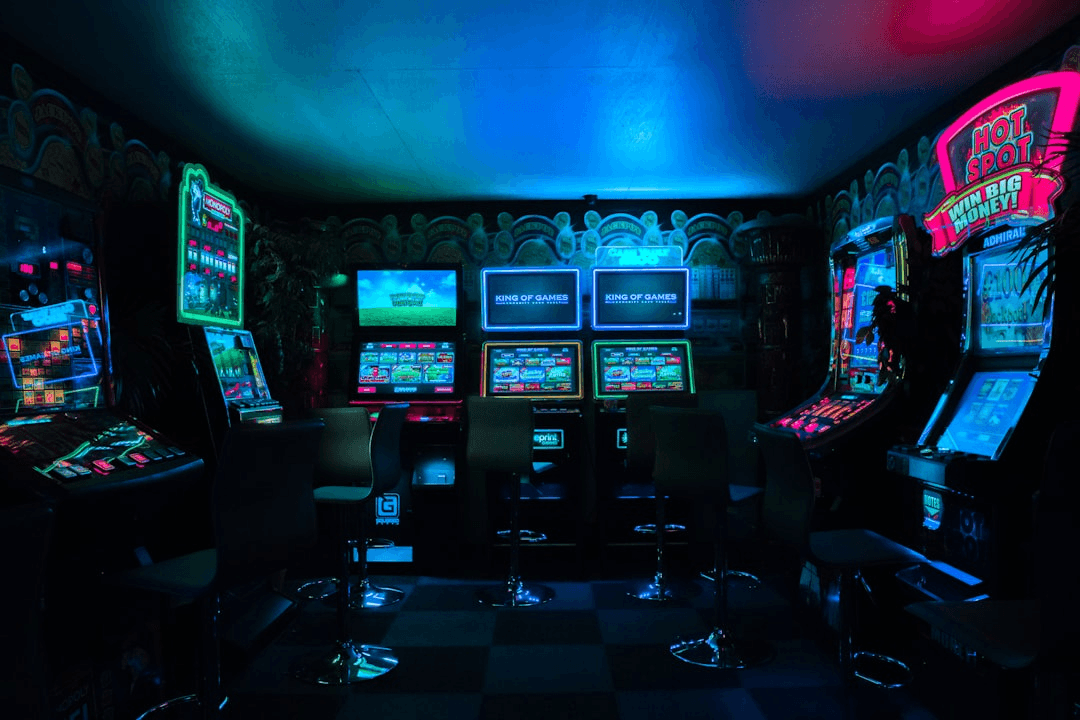Gamification isn’t just a buzzword anymore; it's become one of the most effective strategies for keeping online communities engaged and thriving.
If you’ve ever found yourself hooked on a reward system, chasing badges, or climbing a leaderboard, you've experienced gamification in action. But what exactly is gamification, and why should your community platform care?
Let’s break it down—conversationally, of course!
What is Gamification?
In simple terms, gamification is the application of game-like elements (like earning points, badges, or rewards) to non-game environments. It taps into our natural motivations for achievement, competition, and even a sense of belonging. Think of it as adding a layer of fun and challenge to routine tasks that might otherwise feel, well, routine.
Why Does Gamification Work?
Humans love rewards! Whether it’s virtual badges, unlocking new features, or simply getting recognized for contributions, gamification taps into our intrinsic desires for accomplishment and recognition. In fact, research shows that gamification can increase user engagement by up to 47%. That’s a huge boost for online communities, where keeping members involved is key to long-term success.
Key Gamification Elements That Can Transform Your Community
Points and Leaderboards
Points systems are the bread and butter of gamification. Every time someone participates—whether they post a comment, answer a question, or complete a task—they earn points. This sense of achievement is powerful. The leaderboard adds a healthy competitive edge, encouraging users to stay active so they can climb the ranks.Badges and Rewards
We all love to show off a little, don’t we? Earning badges for certain milestones (like contributing a certain number of posts or being active for 30 days) provides both recognition and a sense of accomplishment. These badges also create social proof—if others see you're an active, trusted member, they’re more likely to value your input.Challenges and Quests
Add a layer of “adventure” by setting up community challenges or quests. Maybe it’s a scavenger hunt across your forum, or a timed challenge to answer the most questions within a day. Quests give members something fun to focus on while encouraging more interaction with your platform.Levels and Progress Bars
Nothing motivates like visible progress! When users see that they are only one task away from reaching the next level or unlocking a new feature, they’re more likely to stay engaged. It’s the “just one more step” phenomenon that keeps us hooked.Peer Recognition and Social Validation
Gamification isn’t just about earning points from the platform; it's also about peer validation. Integrating features where members can upvote, “like,” or comment on each other’s achievements fosters a sense of community. The more members recognize one another’s efforts, the tighter-knit your community becomes.
Personalization: The Secret Sauce
One-size-fits-all gamification is so 2020. Today, communities are using machine learning and AI to create personalized gamification experiences. For instance, platforms can analyze user behavior and recommend challenges, quests, or even rewards that align with their specific interests.So, if you’re a tech enthusiast, the platform might suggest challenges related to tech discussions. The more tailored the experience, the more likely users are to stay engaged.
The Benefits: It’s Not Just About Fun
At its core, gamification is about encouraging meaningful engagement. But the benefits extend beyond making things fun:
Increased Participation: Gamification drives people to interact more frequently, whether it’s posting, commenting, or simply logging in regularly.
Loyalty and Retention: Members are more likely to stick around if they feel rewarded and recognized for their contributions.
Community Health: By encouraging positive participation (e.g., earning points for helping others), gamification can foster a more supportive and collaborative community environment.
Gamification in Action: Success Stories
Several platforms have seen massive engagement boosts through gamification:
Duolingo is a prime example, using leaderboards, streaks, and badges to motivate language learners to keep practicing daily.
Stack Overflow uses a reputation system that rewards users with points and badges for helpful answers, creating a highly engaged and knowledgeable community.
Final Thoughts: Start Small, Grow Big
If you’re thinking about adding gamification to your community platform, start small. Implement one or two elements—like a points system or badges—and see how your members respond. As you gather feedback, you can build out more advanced features like quests or personalized challenges. Over time, these game mechanics will become an integral part of your community’s DNA, keeping users coming back for more.
In the end, gamification isn’t just about playing games—it’s about making community participation rewarding, engaging, and just a little more fun.
So, what’s your next move? Time to level up your community!
Refer to https://docs.socially.so to know how socially.so can power gamification inside the community.




